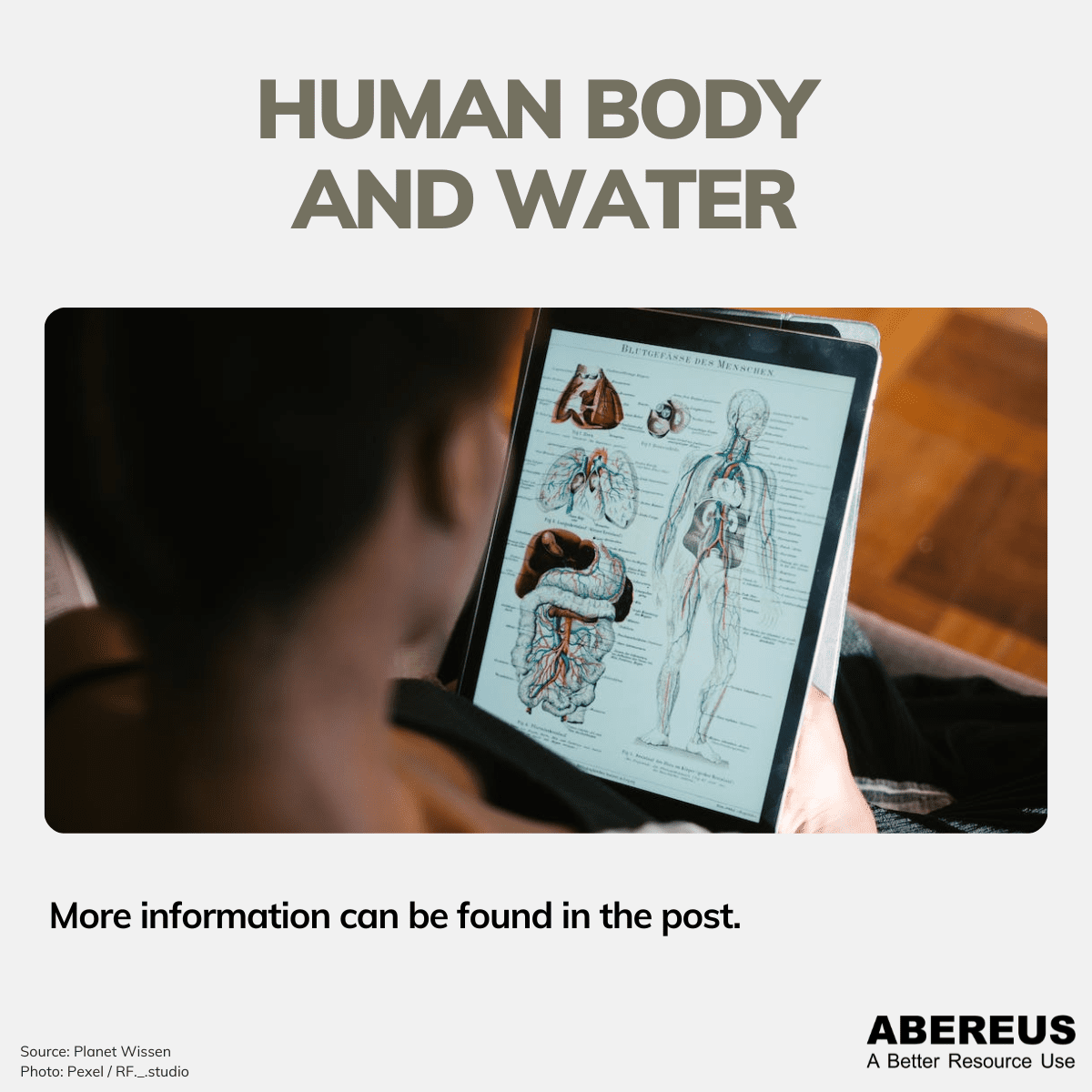Human body and water

Date
The human body is made up of 50-60% water, making it the most important nutrient for everyday life. Understanding the connection between the human body and water is essential for maintaining health. There are four types of water available in Germany: mineral water, table water, spring water, and drinking water. Mineral water must be pure and cannot be altered, and while table water can be treated and mixed with minerals. Spring water is less controlled but must meet the same quality standards as drinking water. Drinking water is extracted from various water sources in Germany, including ground, surface, and spring water. It is mineral-poor compared to natural mineral water but should have a minimum concentration of minerals.
Water quality and regulation
The quality of drinking water is regulated by the Drinking Water Ordinance. It specifies water treatment processes and sets limits for contaminants such as nitrate and chloride. Drinking water undergoes the strictest quality control of any food product in Germany. Over 6,000 water supply companies conduct regular and rigorous monitoring. This ensures the water is tasteless, odorless, and free from pathogens. Water is filtered, disinfected, demineralized, softened, or de-acidified. This ensures a consistently high quality, which is critical for the human body and water harmony.
While drinking water is generally of high quality, older homes may have lead pipes that can contaminate the water. This is a concern when considering the human body and water safety. On the other hand, hard water often causes mineral deposits and stains in water-using appliances, but it is not harmful to health. It may be beneficial because it contains high levels of calcium. The German Society for Nutrition recommends a daily fluid intake of 1.5 liters. This helps maintain an optimal balance between the human body and water.
If you’d like to hear more about our tab, grab a drink, get connected and join us for a better resource use.



